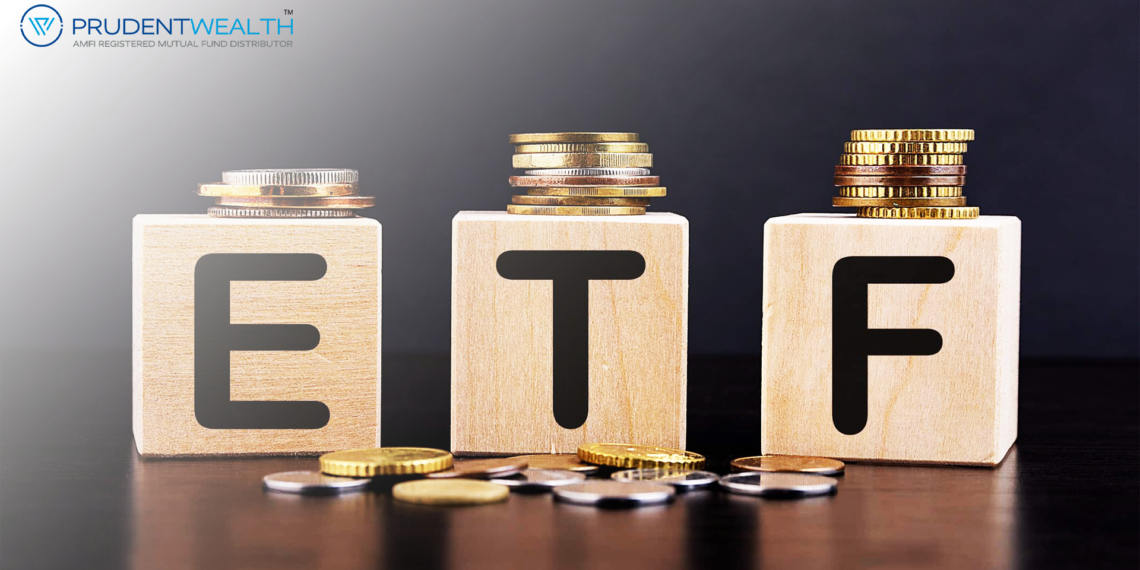Introduction:
In the ever-evolving landscape of investment options, Exchange-Traded Funds (ETFs) have gained significant popularity among investors. Offering a diverse range of benefits and opportunities, ETFs have transformed the way people approach investing. In this blog post, we will delve into the world of ETFs, exploring their characteristics, advantages, and considerations for potential investors.
1. Understanding ETFs:
Exchange-Traded Funds are investment vehicles that combine the features of mutual funds and stocks. They are designed to track the performance of a specific index, sector, commodity, or asset class. ETFs are traded on stock exchanges, allowing investors to buy and sell shares throughout the trading day, similar to individual stocks.
2. Diverse Range of Asset Classes:
ETFs provide exposure to a wide variety of asset classes, enabling investors to build a diversified portfolio. Whether you are interested in equities, bonds, commodities, real estate, or even niche sectors, there is likely an ETF available to suit your investment preferences. This diversity allows investors to tailor their portfolios according to their risk tolerance and investment goals.
3. Cost-Efficiency:
One of the primary advantages of ETFs is their cost-efficiency. Compared to actively managed mutual funds, ETFs generally have lower expense ratios due to their passive investment approach. Since they aim to replicate the performance of an index rather than outperform it, ETFs tend to have lower management fees, making them an attractive choice for cost-conscious investors.
4. Liquidity and Transparency:
ETFs are traded on stock exchanges, offering investors liquidity and flexibility. With shares bought and sold throughout the trading day, investors can enter or exit positions at any time at market prices. Additionally, ETFs disclose their holdings on a daily basis, allowing investors to have full visibility into the underlying assets and their respective weights within the fund.
5. Tax Efficiency:
ETFs often exhibit tax advantages due to their unique structure. Compared to mutual funds, ETFs typically experience fewer taxable events, such as capital gains distributions. The creation and redemption mechanism of ETFs, facilitated by authorized participants, allows for in-kind transfers of securities, minimizing capital gains liabilities.
6. Considerations for Investors:
While ETFs offer numerous benefits, investors should be aware of certain considerations before diving in. Some key factors to evaluate include tracking error (the deviation of the ETF’s performance from its underlying index), trading costs (including bid-ask spreads and brokerage fees), and the liquidity and trading volume of the ETF. Additionally, investors should thoroughly research the underlying index or assets the ETF tracks to ensure it aligns with their investment objectives.
7. Choosing the Right ETF:
With the vast array of ETFs available, selecting the right one can be daunting. It is crucial to define your investment goals and risk tolerance first. Consider factors such as expense ratios, liquidity, tracking error, and historical performance. Moreover, evaluating the fund provider’s reputation, experience, and the fund’s assets under management can provide valuable insights.
Conclusion:
Exchange-Traded Funds have revolutionized the investment landscape, providing investors with diversified exposure to various asset classes, cost efficiency, liquidity, and transparency. As with any investment, conducting thorough research and understanding your investment objectives are key. ETFs can be a powerful tool for long-term investors seeking broad market exposure or niche investment opportunities. By exploring the world of ETFs, you open the door to a flexible and accessible investment vehicle that has the potential to enhance your portfolio’s performance.
For more information, reach us at [email protected]










